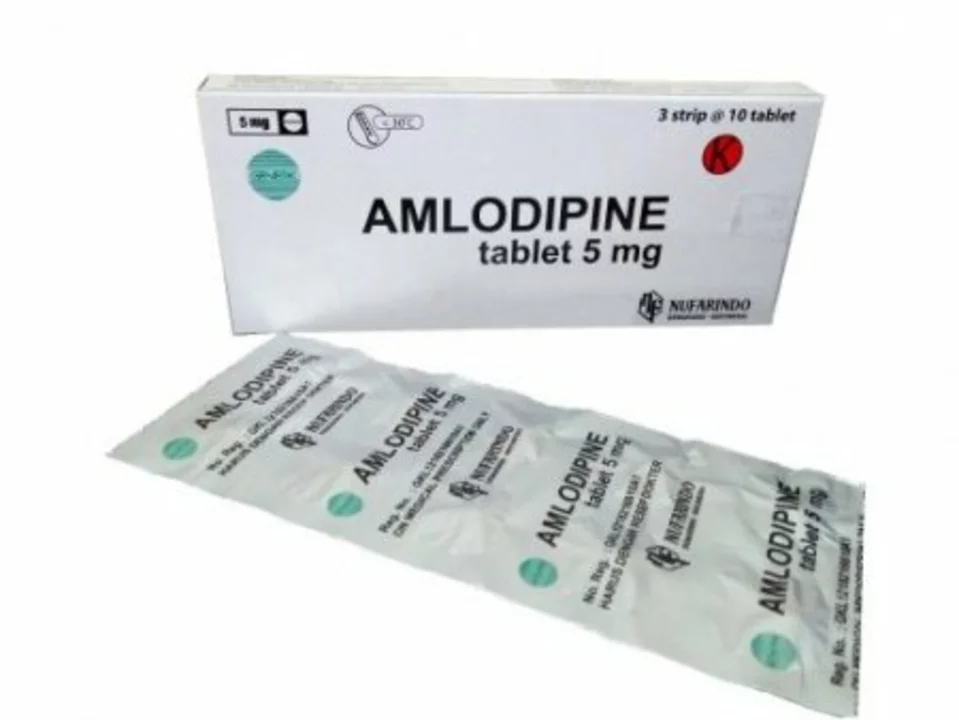Symptoms: Quick Guide to Recognize What Your Body Is Telling You
If you’ve ever wondered whether that cough is just a cold or something more, you’re not alone. Symptoms are the body’s way of sending alerts, and understanding them can save time, worry, and sometimes even a trip to the ER. This page pulls together our most useful articles about symptoms so you can find straight‑to‑the‑point answers without scrolling through endless medical jargon.
First off, think of symptoms as clues in a mystery. A fever, a rash, or a sudden headache each adds a piece to the picture. When you notice several clues together, you get a clearer view of what might be happening. That’s why we group related posts under this tag – it helps you spot patterns and decide if home care is enough or if professional help is needed.
Common Everyday Symptoms
Most of us deal with the same handful of symptoms over a lifetime: cough, sore throat, headache, stomach upset, and fatigue. Our article on coughs and respiratory infections breaks down when a tickle in your throat is just a cold and when it could signal something like bronchitis. If you’re battling a persistent headache, the guide on headache triggers lists dehydration, eye strain, and lack of sleep as top culprits, plus quick fixes you can try right now.
Stomach issues often get misread. Bloating after meals might be simple gas, but if it’s paired with sharp pain or vomiting, our digestive symptoms article suggests looking at food intolerances or infections. Fatigue is another tricky one – a night of poor sleep, stress, or anemia can all feel the same. The fatigue guide helps you match your lifestyle habits to the right remedy.
When to Seek Professional Help
Not every symptom warrants a doctor’s visit, but some definitely do. Sudden chest pain, severe shortness of breath, or uncontrolled bleeding are red flags that our emergency symptoms page emphasizes you shouldn’t ignore. If you notice any new symptom that worsens quickly, especially if it’s accompanied by fever over 101°F (38.3°C), it’s time to call a healthcare professional.
For chronic or recurring signs – like ongoing joint pain or frequent dizziness – our articles on long‑term symptom management give you steps to track patterns, log triggers, and discuss the findings with your doctor. Having concrete notes makes appointments more productive and can speed up diagnosis.
Use this tag page as a shortcut: click any headline that matches what you’re feeling, read the concise breakdown, and decide your next move. Whether you need a home remedy or a reminder to book an appointment, the information here is designed for quick reading on a phone or computer.
Remember, listening to your body is the first step toward better health. By recognizing common symptoms early and knowing when to act, you stay in control of your well‑being. Keep this guide handy – it’s like having a pocket symptom checker whenever something feels off.
Navigating Fibromyalgia Symptoms as You Age
Fibromyalgia, a chronic condition causing widespread pain and tenderness, affects many people as they get older. Changes in symptoms over time can make it challenging to manage. This article explores how fibromyalgia develops with age and offers practical tips to ease the discomfort.
Amlodipine and POTS Syndrome: Can This Medication Help with Symptoms?
In my recent blog post, I explored the potential benefits of Amlodipine for individuals with POTS Syndrome. I discovered that this medication, typically used to treat high blood pressure, has shown some promise in alleviating symptoms for some POTS patients. However, it's important to note that the results vary between individuals and it may not work for everyone. I strongly recommend speaking with your doctor if you're considering trying Amlodipine for your POTS symptoms. As always, it's crucial to weigh the potential risks and benefits before starting any new treatment plan.
About
Health and Wellness, Health and Medicine
Latest Posts


Exploring the Best Alternatives to Propecia for Hair Loss in 2024
By Orion Kingsworth Oct 19, 2024

Art Therapy’s Impact on Treating Bulimia Nervosa
By Orion Kingsworth Sep 29, 2025

Opioid-Induced Itching: How Histamine and Nerve Pathways Trigger It and What Actually Works
By Orion Kingsworth Oct 30, 2025


